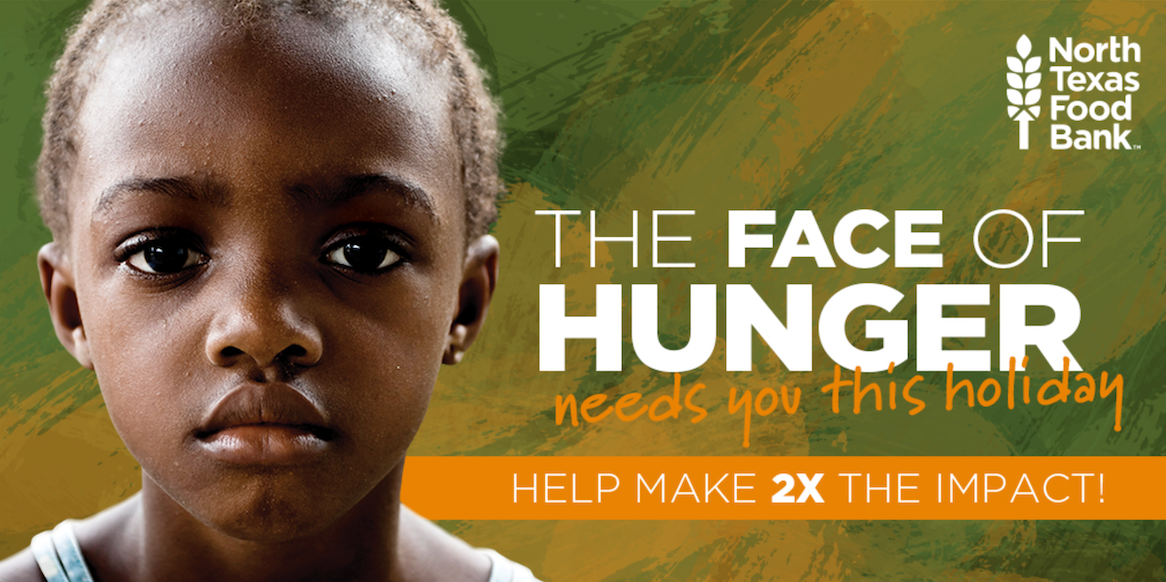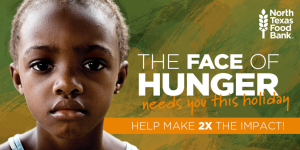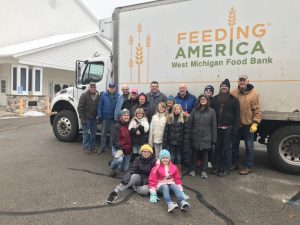- 9 November 2023
- 88
Community Resilience: Food Banks and Volunteers Combating Hunger

Introduction
Hunger is a persistent challenge that affects millions of individuals and families in communities across the United States. While the issue of food insecurity may seem insurmountable, the resilience of communities shines through in the form of food banks and volunteers. These unsung heroes play a critical role in supporting those facing hunger, providing a lifeline of food and assistance. In this article, we will explore the indispensable role of food banks and the dedication of volunteers in the fight against hunger. From food rescue to community outreach, we embark on a journey to understand the invaluable contribution of these community-driven efforts in combating food insecurity.
The Face of Food Insecurity
Food insecurity knows no boundaries. It affects people from all walks of life, from children to the elderly, and the working poor to those experiencing unexpected hardships.

The Role of Food Banks
Food banks are at the heart of hunger relief efforts. These organizations serve as distribution hubs for food resources and essential supplies.
Rescuing Surplus Food
Food banks play a pivotal role in food rescue. They collect surplus food from various sources, preventing it from going to waste, and redirect it to those in need.
Distribution Networks
Food banks operate extensive distribution networks, ensuring that food reaches individuals and families through a network of pantries, shelters, and meal programs.
Volunteers: The Heart of the Operation
Volunteers are the driving force behind food banks. They are the dedicated individuals who give their time, energy, and compassion to ensure food reaches those who need it most.
Diverse Volunteer Roles
Volunteers perform diverse roles, from sorting and packaging food to distributing it directly to clients. They are the friendly faces that clients encounter on their visits.
Community Outreach and Engagement
Food banks engage with the community in various ways. They organize food drives, educational programs, and awareness campaigns to address the root causes of hunger.
Impact on Communities
The impact of food banks and volunteers on communities is profound. They provide more than just sustenance; they offer hope, dignity, and a sense of belonging.
Pandemic Response
The COVID-19 pandemic posed unprecedented challenges for food banks. It led to a surge in demand for food assistance, requiring innovative solutions.
Technology and Data-Driven Solutions
Technology has played a significant role in food bank operations. Data analytics and online platforms enhance efficiency and aid in reaching more people.
The Road Ahead
While food banks and volunteers have made tremendous strides in alleviating hunger, challenges remain.
Meeting Growing Demand
Meeting the growing demand for food assistance is a continuous challenge. Food banks must adapt to evolving needs.
Sustainability and Nutrition
Sustainability and providing nutritious options are essential. Addressing food insecurity is not solely about quantity but also quality.
Advocacy and Policy Changes
Advocacy is crucial in addressing the root causes of hunger. Policy changes that reduce income inequality and enhance social safety nets are pivotal.
Community Engagement and Support
Community engagement remains a cornerstone. Empowering local initiatives and supporting volunteerism are vital in the fight against hunger.

Conclusion
Food banks and volunteers are beacons of hope in the fight against hunger. Their dedication, resilience, and unwavering commitment to their communities provide a lifeline for those facing food insecurity. As we recognize the critical role they play, we also acknowledge the challenges they face. In understanding their impact and the road ahead, we gain insight into how collective efforts can create a future where no one goes to bed hungry. Community resilience, when combined with the dedication of volunteers and the reach of food banks, forms a powerful force against food insecurity.

